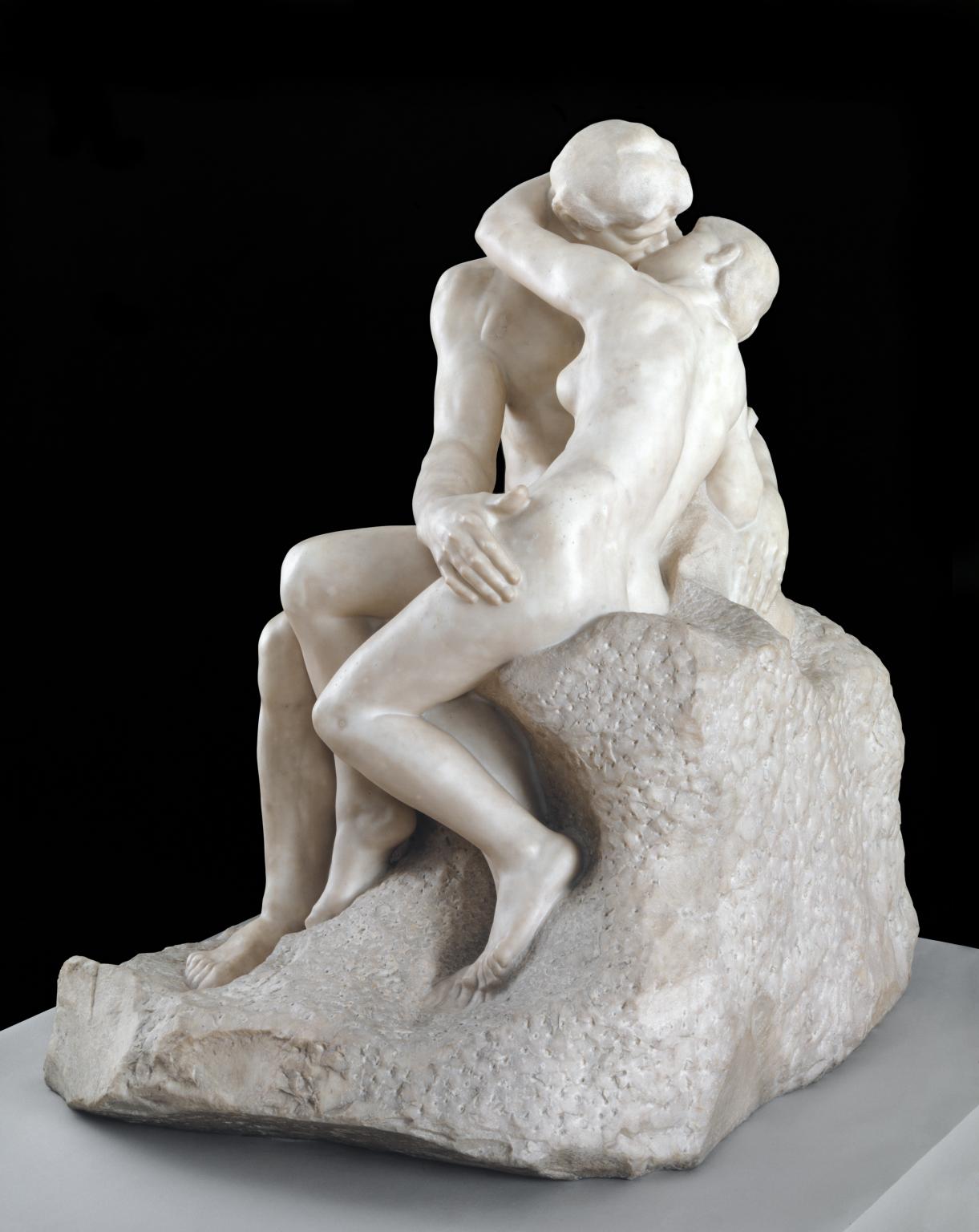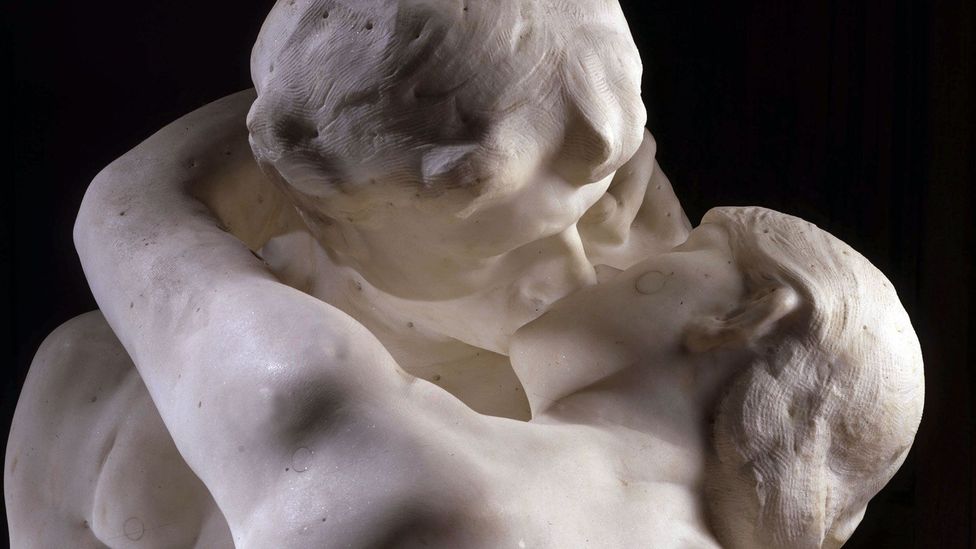The Kiss (Rodin sculpture)
The Kiss is a famous sculpture created by the French artist Auguste Rodin in the late 19th century. It is considered one of his most renowned works and is known for its passionate portrayal of a couple locked in an intimate embrace.
The sculpture depicts the lovers Paolo and Francesca, characters from Dante Alighieri’s epic poem “The Divine Comedy.” Paolo was the younger brother of Francesca’s husband, and the two fell in love while reading a book together. When their secret was discovered, Francesca’s husband, Gianciotto, killed them both in a fit of rage.
Rodin’s sculpture captures the moment of their embrace, frozen in time. The bodies of Paolo and Francesca are entwined, their lips locked in a passionate kiss. The sculpture conveys their deep emotional connection, despite the tragic circumstances surrounding their love affair.
The concept behind Rodin’s Kiss is one of intense human emotion and desire. It explores themes of love, passion, and the complexities of relationships. Rodin sought to capture the raw intensity of the lovers’ embrace, emphasizing their physical and emotional connection.
What sets Rodin’s Kiss apart from traditional sculptures is its departure from idealized forms. Instead, Rodin opted for a more realistic representation, with the figures displaying natural, almost imperfect, features. This departure from classical norms caused controversy when the sculpture was first exhibited in 1887. It challenged the traditional notion of beauty and sparked a new era in sculpture.
The Kiss is now displayed in various museums around the world, including the Musée Rodin in Paris. It has become an iconic symbol of love and passion, admired for its powerful depiction of human emotion.


